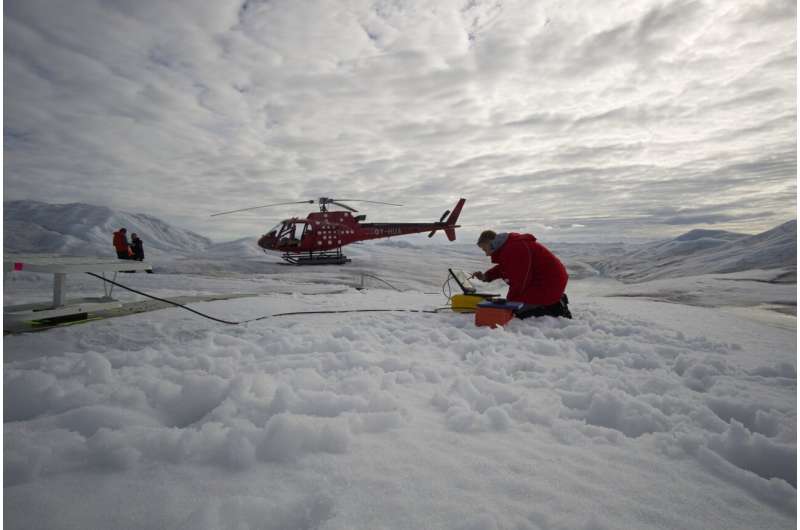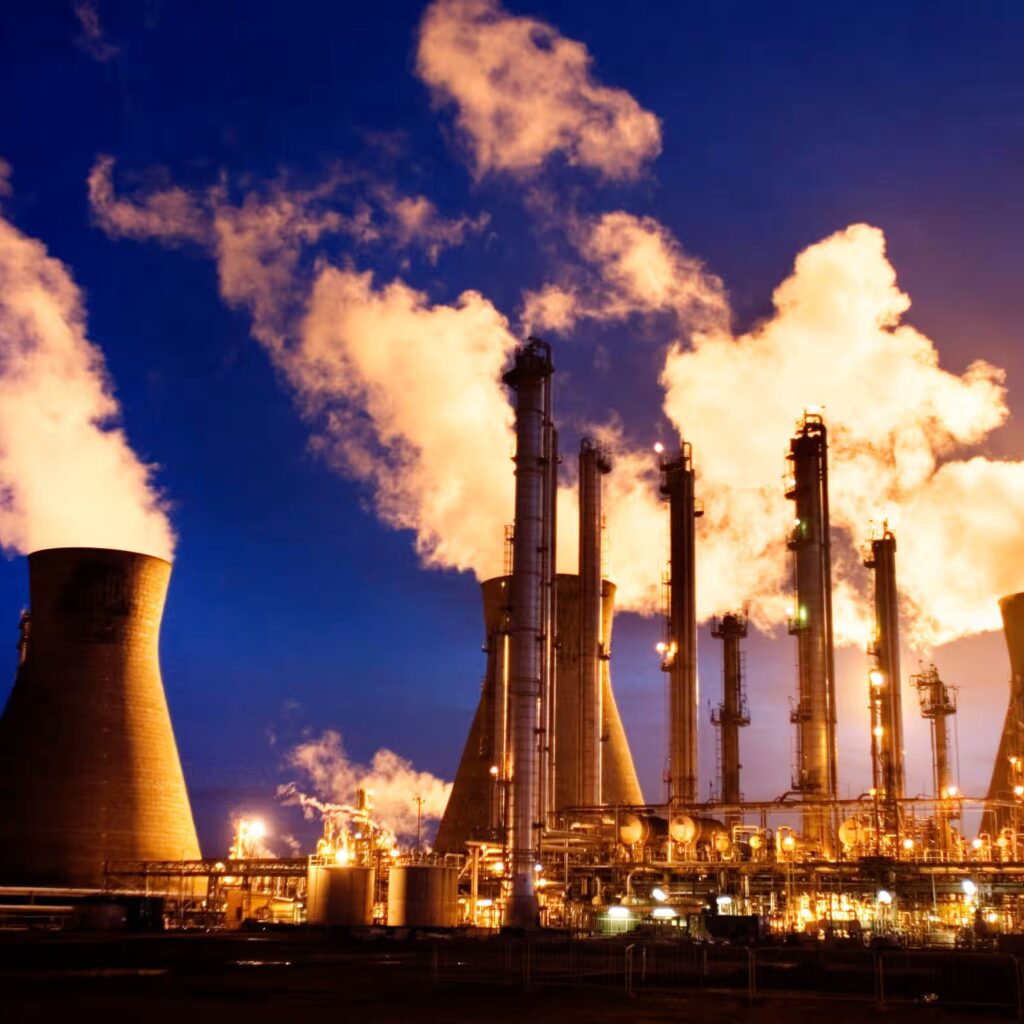
The solar industry is on the brink of a significant challenge as it faces an imminent waste crisis much sooner than anticipated. A recent white paper, led by renewable energy engineering researcher Rong Deng from the University of New South Wales, reveals that solar panel waste is expected to reach critical levels within the next two to three years, a stark contrast to the previously estimated timeline of 2030. This urgent situation arises as the demand for solar panels could potentially increase five to tenfold, posing the risk of depleting global silver reserves within two decades. Deng emphasizes the immediate need for action to address this impending crisis.
The looming waste problem is attributed to two main factors: only Victoria has implemented a ban on disposing of solar panels in landfills, and the recycling costs for solar panels, ranging from $10 to $20 per panel, deter recycling efforts. Moreover, even when recycling is chosen, the current technology falls short of efficiently extracting valuable materials from the panels. Read More
News Credit: The Guardian
Picture Credit: Bloomberg/Getty Images











